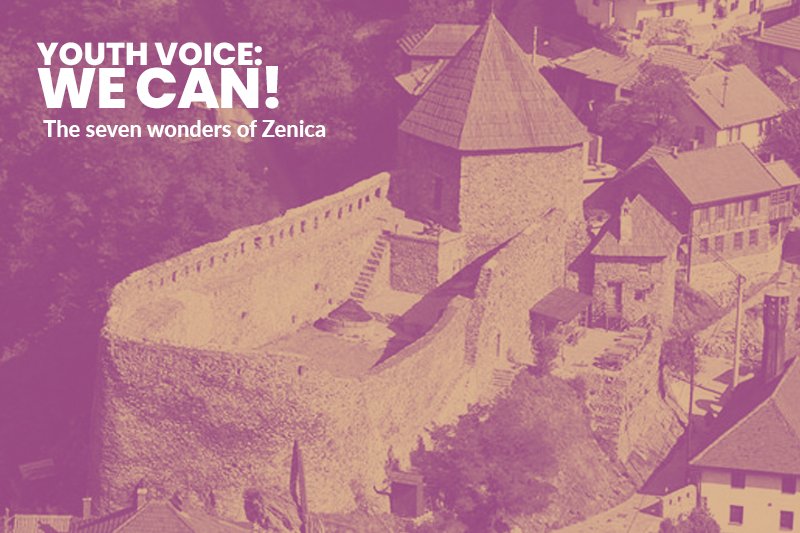The aforementioned resulted in the cooperation of some participants with the journalist Aleksandra Hiltmann, and the text that follows represents the beginning of that cooperation.
"Within a one hour drive from the Bosnian capital of Sarajevo, you will find the town of Zenica. Here’s why you should stop.
Have you ever considered visiting Zenica? - No? But if you are coming to Bosnia Herzegovina, you should definitely give Zenica a chance! Even though Zenica is pretty much a synonym for industry and steel production, there are great places to stop by.
So here you will find 7 of them:
BNP – Bosansko Narodno Pozoriste - Bosnian National Theater
The national theater in Zenica was founded in the early 1950s, and it has grown to be one of the most important cultural institutions in central Bosnia and Herzegovina, presenting drama, opera and ballet plays, puppet shows and several multimedia projects. It is eye-catching with its unique style of architecture and the chainmail sculptures representing the theatre curtain and puppets at the same time.
With its many plays (from which 11 are premiers every year), the BNP hosts other activism and culture oriented events such as panel discussions, smaller festivals and art exhibitions.
Occasionally, they also present the famous play “Moja fabrika” (“My factory”), which shows the making of the famous steel factory and the becoming of the city of Zenica around it.
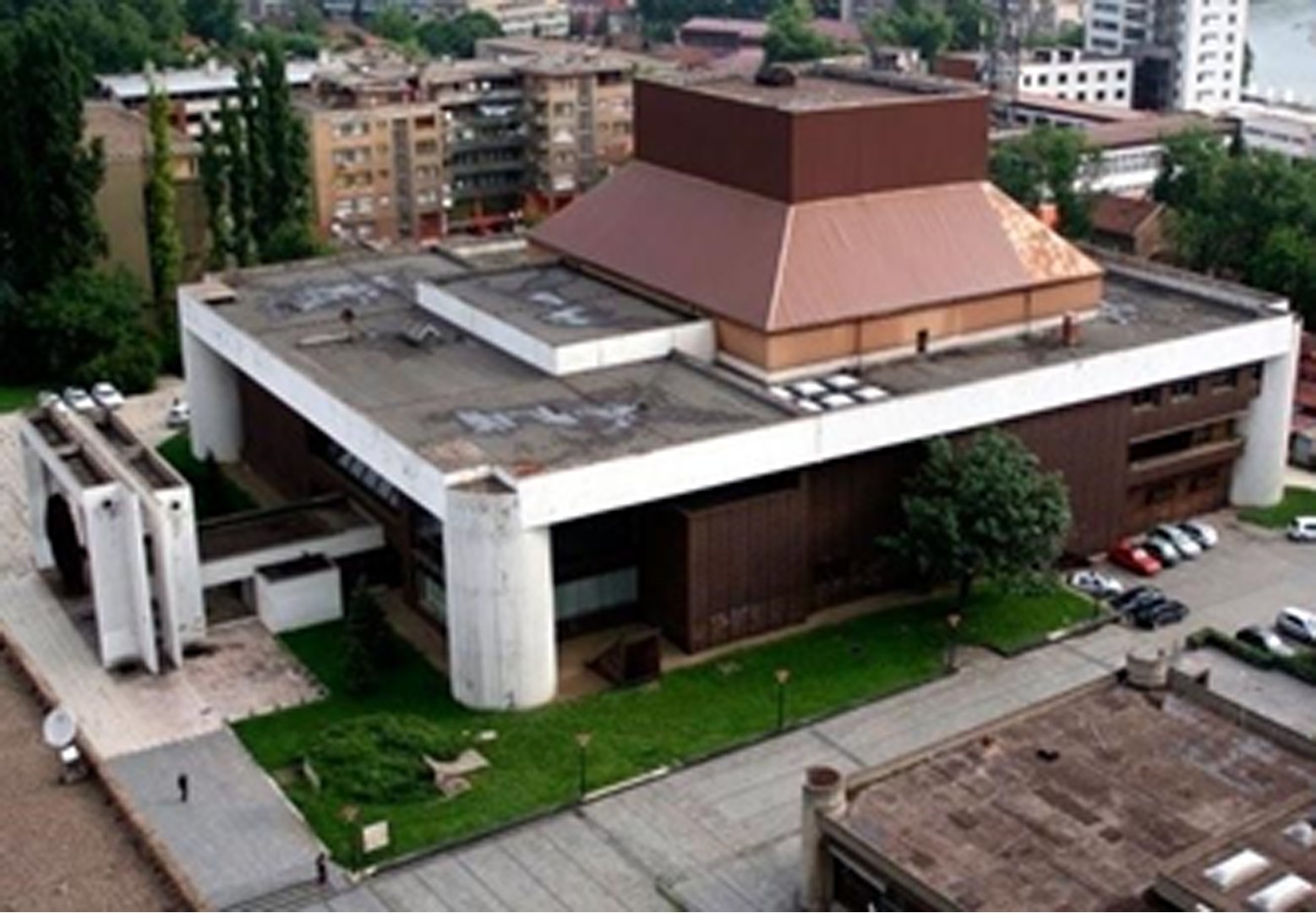
2. Ćevapi “Kod Seje”
Ćevapi (or how we dearly call them, ćevapčići,) are a type of a meat sausage originating from the southern Balkans, mainly Bosnia and Herzegovina. They are eaten in different portions in a flatbread called lepina. You can have it with chopped onions, kaymak (milk based spread), sour cream, ajvar (vegetable spread) and other similar sauces. Considering that they are one of Balkans most famous foods, everyone visiting long lost the count of how many they ate.
There are several places in Zenica where you can get them. Locals can recommend “Kod Seje”, as they never disappoint, and as a bonus – the waiters can speak English!
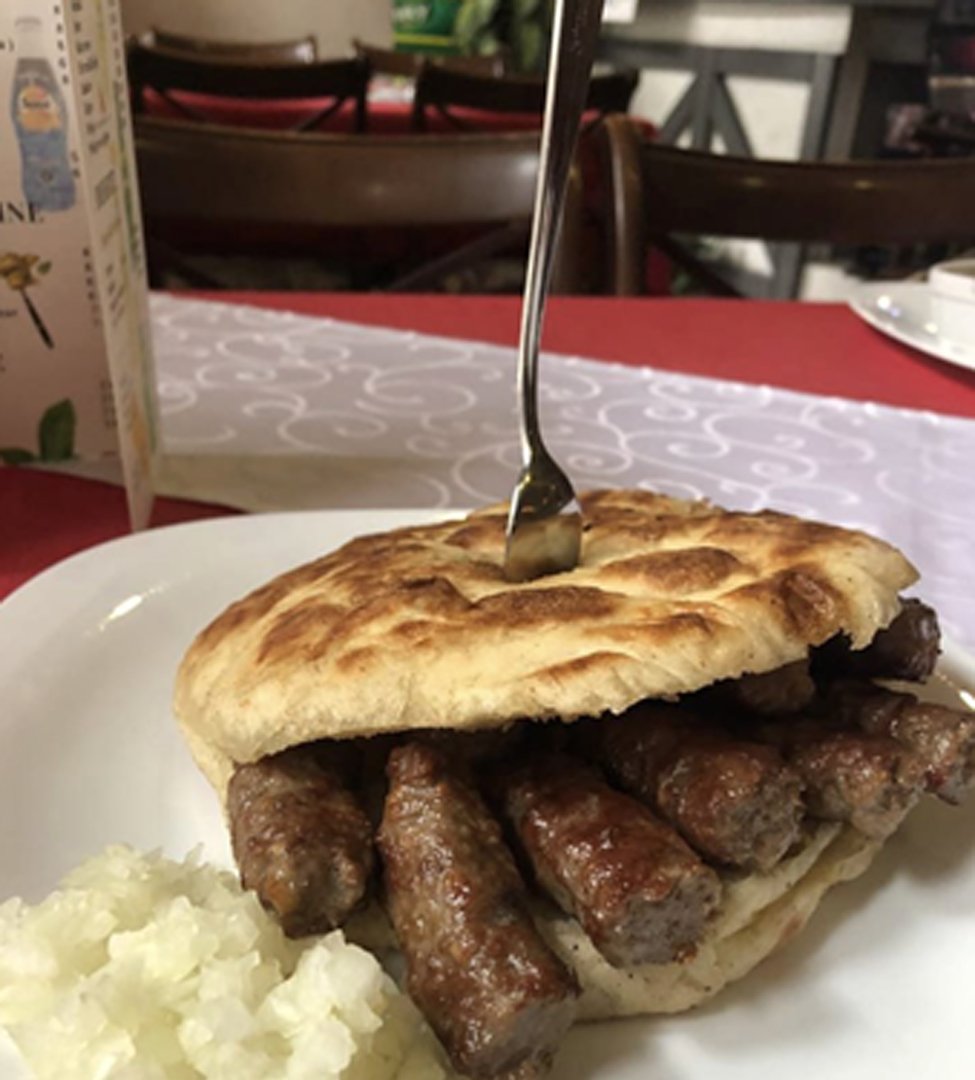
3. The Vranduk fortress
The Vranduk fortress was built at the end of the 14th century in one of the 7 parts of medieval Bosnia, as a royal town and the king’s residence. Its name derived from the word “branduk” which means to “defend”. The fortress is located on a hill with the great stone walls surrounding the tower, which used to be even taller in history. Some of the most important Bosnian kings and queens have lived there and their personal items are still preserved there. Today, it’s used as a museum and tourist attraction with an inhabited village close to it.
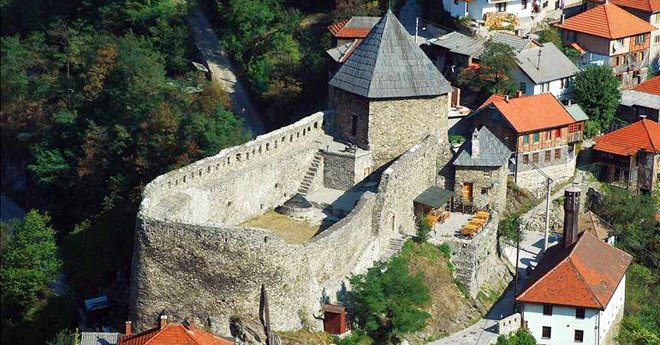
4. Sultan Ahmed’s Mosque
Sultan-Ahmed's mosque in Zenica – also called the “Čaršijska džamija" – is the oldest of Zenica's mosques. The oldest written record about this beautiful place of worship tells us about the renovation of the mosque that happened around 1506/1507. This is proof that it existed even before the 16th century. The mosque was destroyed multiple times (like in 1697 or in the 1800's), but every time it was rebuilt from scratch. As one of the rarities in Bosnia and Herzegovina, Zenica happens to have one of the 35 Sultan’s mosques in Zenica.
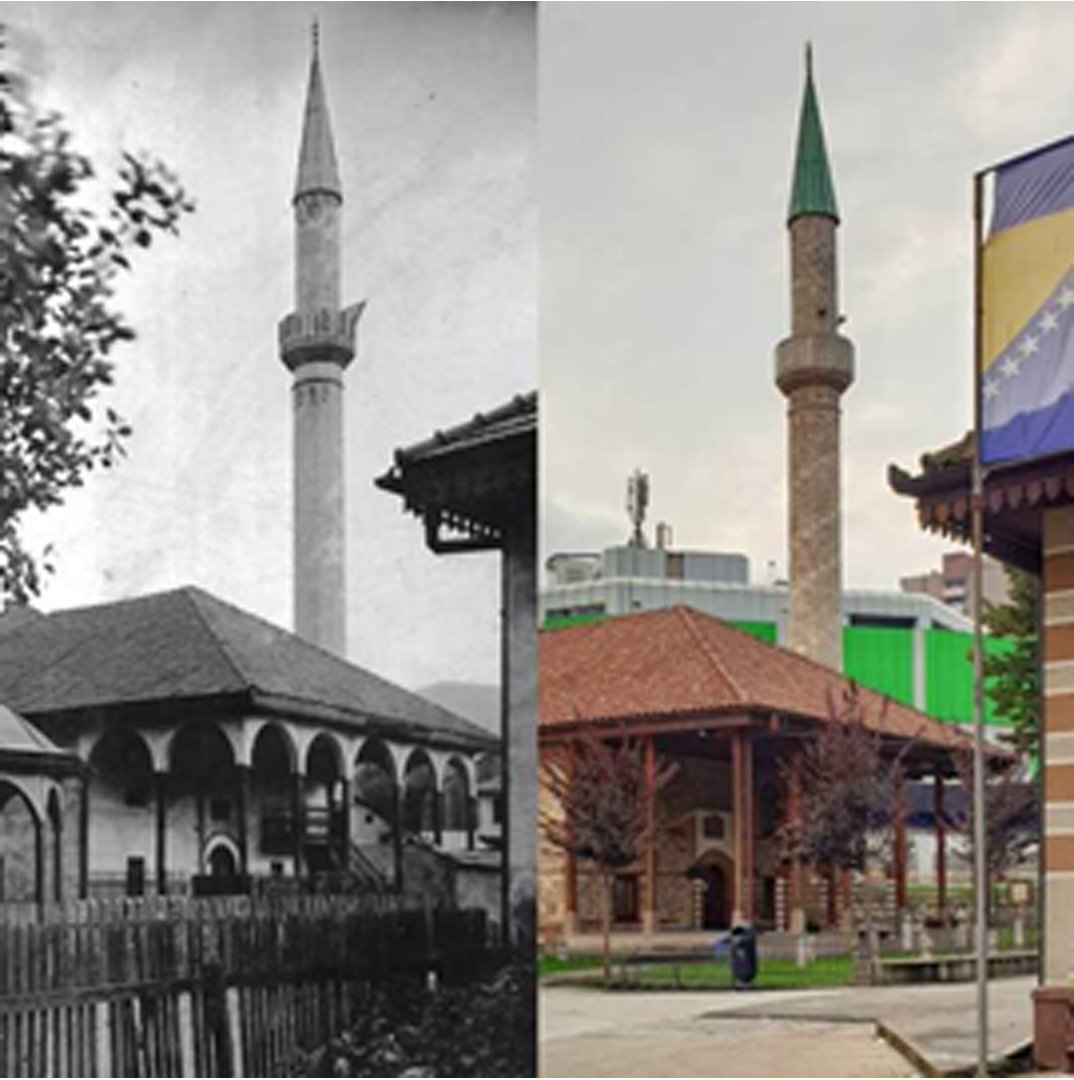
5. The City Museum of Zenica
The Museum of Zenica is a cultural institution located in a newly constructed building which was designed for the specific needs of this museum. It reopened in September 2007, but it was already founded in 1966.
This museum with its events is one of the most educational and influential institutions in Zenica and it holds great value for Bosnia and Herzegovina as well. There are many exhibits from the Roman to the Ottoman period, art collections, galleries and publishing businesses. This makes it visited not only by locals but tourists as well.
The museum complex has 5 permanent exhibitions: archeological, historical, ethnological, numismatic and 20th century media. All of these programs are related to the gems of Zenica, its intellectuals and historical places that are on a “must visit list” when you come here.
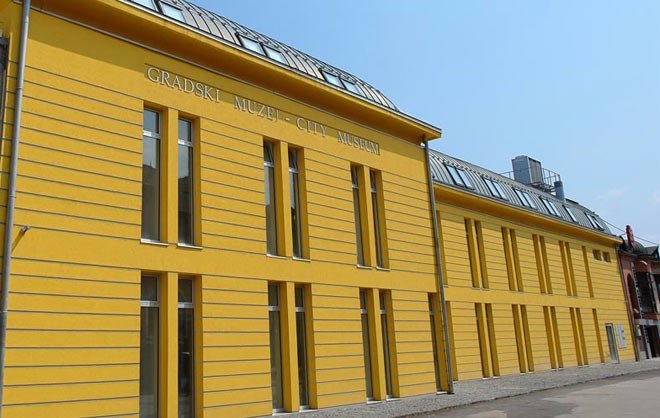
6. Cafe Bar “Bonaparte”
Sometimes grey walls are just what they are: grey walls. But not here in Zenica. The café “Bonaparte” is one of these secret little spots behind the grey walls, which is certainly worth a visit. Located in a backyard, colourful lights and alternative music make a perfect atmosphere to grab a coffee in the afternoon or a drink later at night. On a warm summer night you can enjoy your beer outside, or during a cold winter morning have a coffee between old paintings and books inside. And yes, for all the book lovers out there, the café has a small library from where you can borrow a number of beautiful old books. So for everyone who loves an artsy place, follow the lights and music and we meet at the “Bonaparte”.
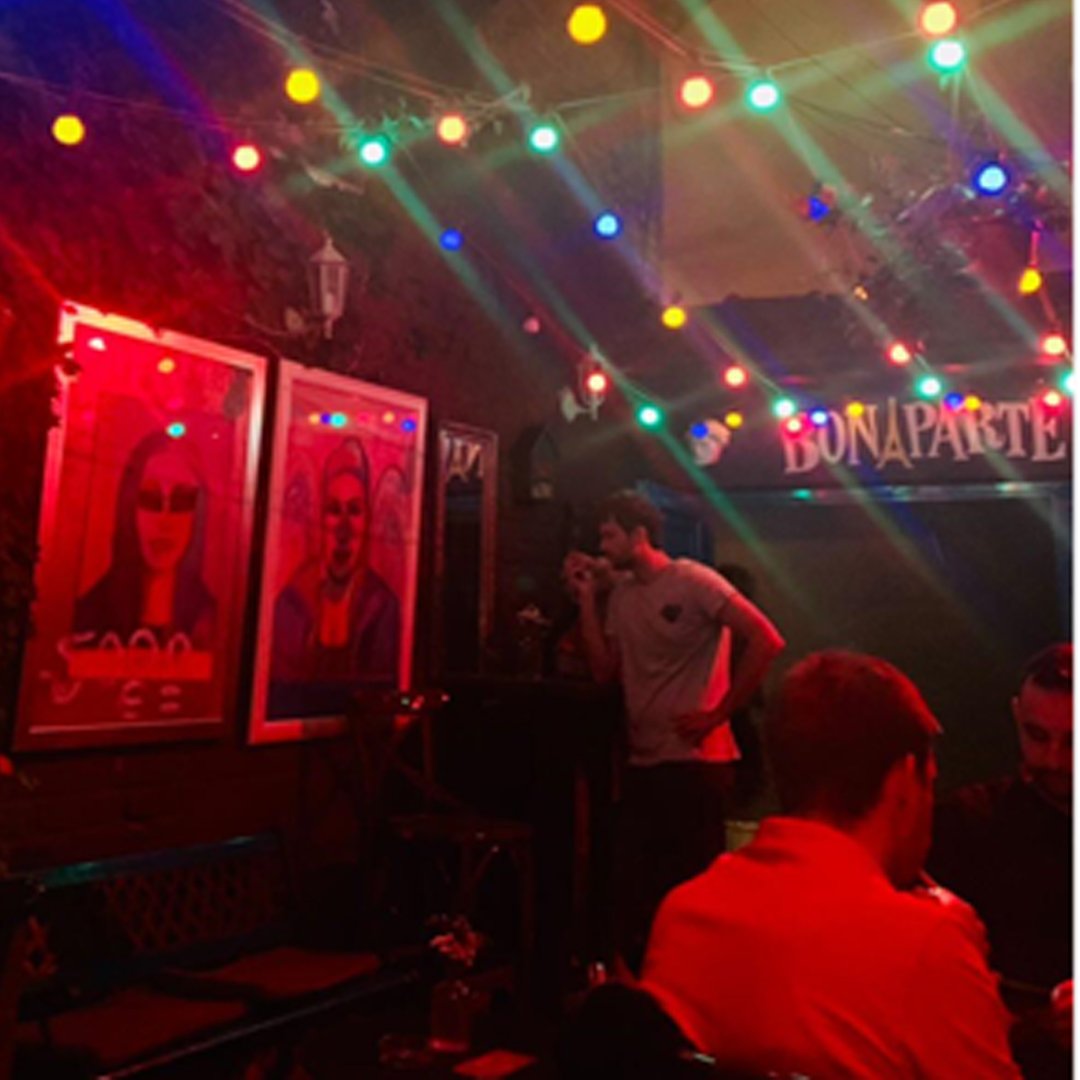
7. The “Chinese Wall”
Brutalism – a style of architecture which is focusing on material and construction. That might be the introduction of an architecture textbook. But why read boring definitions when you can have a look at it in real life. In Zenica, the skyline is shaped by this type of buildings. One of the most famous constructions is the “Chinese Wall”, how the locals call this huge housing block in the city centre. These were desperately needed after World War II in the socialist era when the city grew from a few 1000 to over 150’000 inhabitants. Zenica is still famous for its brutalist style of architecture in whole Bosnia and Herzegovina."
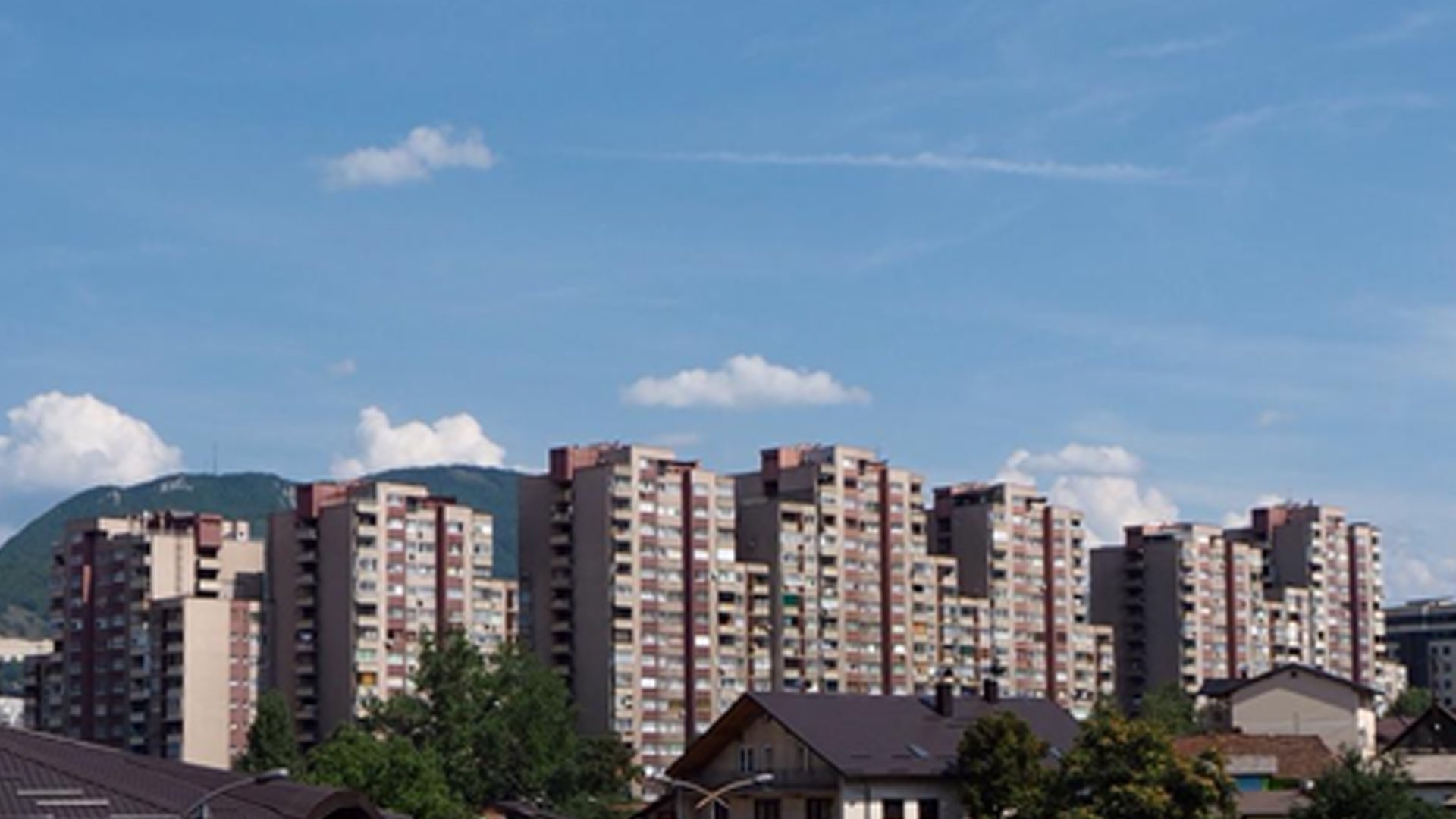
The authors of the text are Mara Schaffner, Azra Hasanić, Ajla Jakubović.
Become a member of our network!
Note: Copying parts or the entire text is allowed with the obligatory citation of the source.

